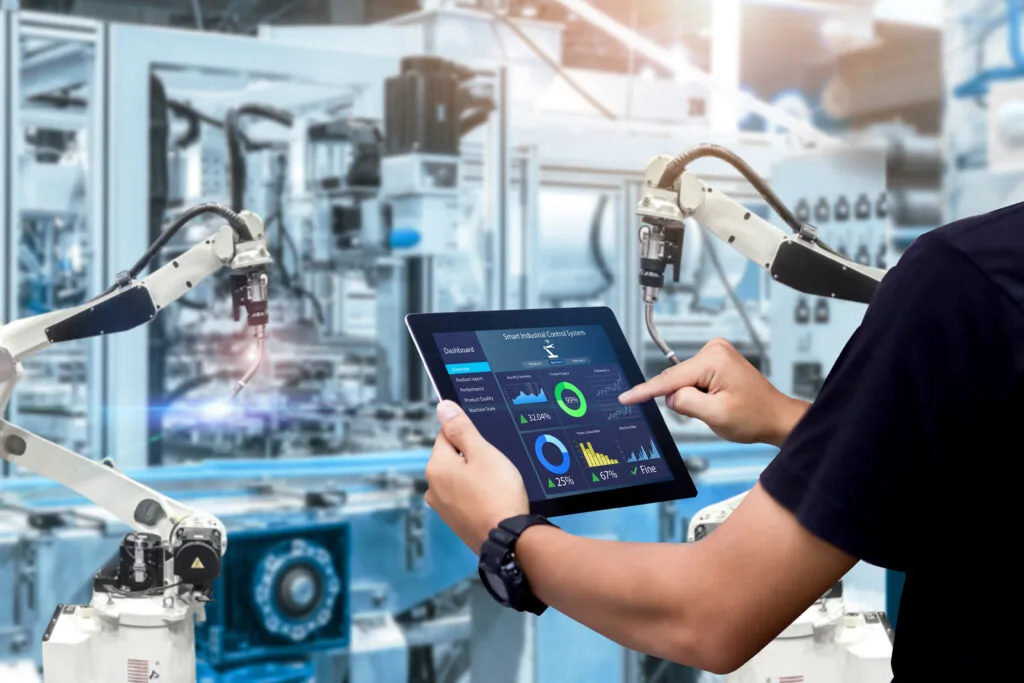AI-Driven Predictive Maintenance for Manufacturing
About the Project
The client is a large manufacturing company with several production facilities spread across multiple regions. The company relies on a vast range of machinery and equipment to maintain continuous production. However, they faced significant challenges with unexpected equipment failures and inefficient maintenance schedules, leading to costly downtime. The client sought a cutting-edge solution to anticipate equipment breakdowns, optimize maintenance schedules, and improve overall operational efficiency. QSoft was brought in to develop an AI-driven predictive maintenance solution that would enable the client to monitor their machinery in real time, predict potential failures, and automate maintenance alerts. The solution aimed to minimize unplanned downtime, reduce repair costs, and ensure a smooth production process by analyzing equipment data and providing actionable insights for proactive maintenance. Technologies
Programming Languages: Python, JavaScript (Node.js) Data Streaming: Apache Kafka AI & Machine Learning: TensorFlow APIs: Custom RESTful APIs Monitoring & Alerts: Prometheus, Grafana Database: MongoDB Security: SSL/TLS 
